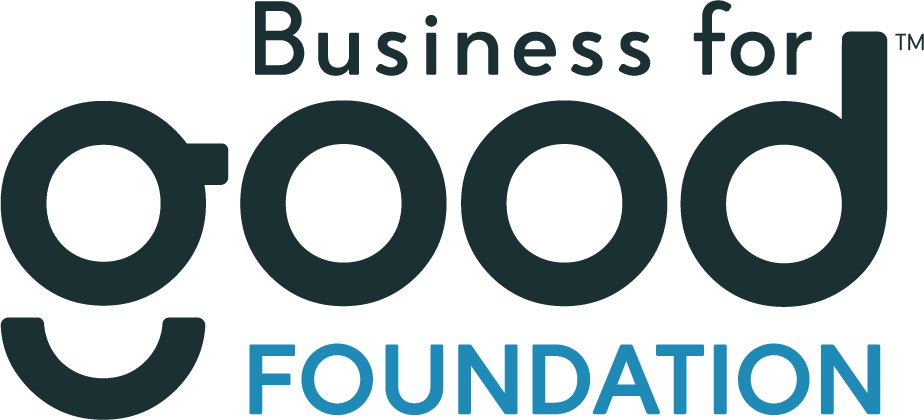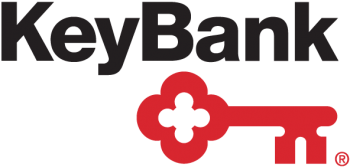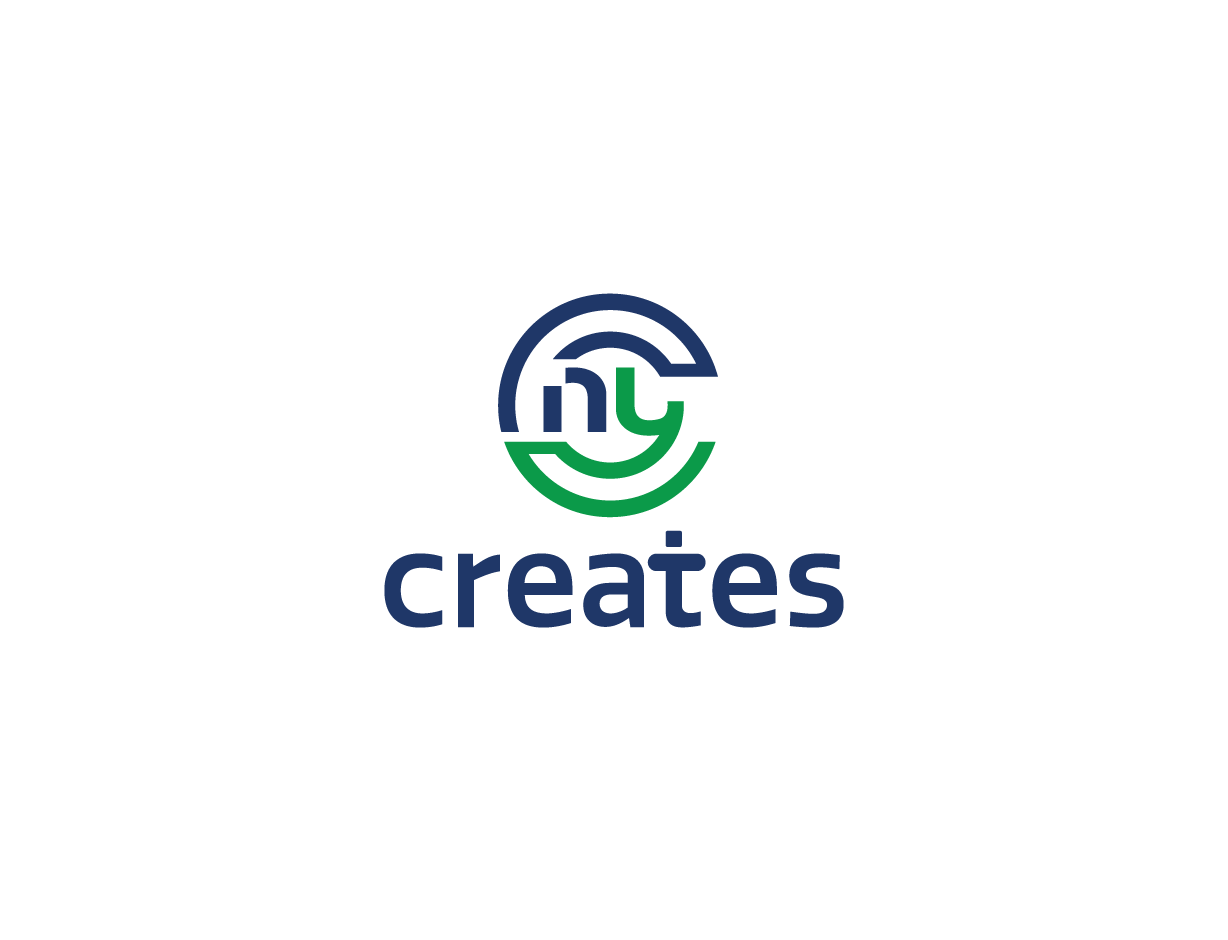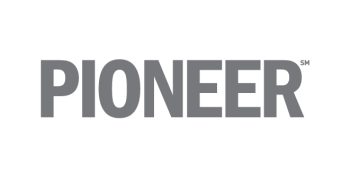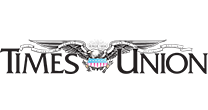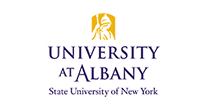News
March 16, 2022Economics Study: Workers without STEM Knowledge were Hit Much Harder by the Pandemic
A study led by a University at Albany economist has shown that workers who use science, technology, engineering and mathematics (STEM) knowledge on the job had a much easier time retaining and acquiring jobs during the COVID-19 recession.
The new paper, “STEM Employment Resiliency During Recessions: Evidence from the COVID-19 Pandemic,” by Associate Professor Gerald R. Marschke and three co-authors, was recently published in the National Bureau of Economic Research (NBER) working paper series; it was featured on the NBER homepage this past week. NBER is the premier non-profit research organization in the United States for supporting and disseminating economic research.
The study was funded by an NSF Rapid Response Research grant to Marschke and included as one of the paper’s co-authors Holden A. Diethorn, a 2020 UAlbany PhD graduate and postdoctoral researcher at the NBER.
“STEM workers are a critical segment of the workforce because of their impact on innovation and economic growth, so that even temporary disruptions can have long-term consequences for the economy,” said Marschke, a labor economist and NBER research associate. “STEM workers are also crucial for day-to-day operations in sectors that rely on complex technologies such as healthcare and IT.”
The pandemic has led to unprecedented job losses and disruptions in workplaces. According to the U.S. Bureau of Labor Statistics, unemployment rose to 13% during the second quarter of 2020, putting the peak unemployment rate of the pandemic higher than that of the Great Recession of 2007-2009, with job losses coming much more suddenly.
Marschke and coauthors found that STEM workers fared better than non-STEM workers over the course of the pandemic, with peak-to-trough declines in employment of 14 percent for non-STEM workers but only 5 percent for STEM workers. By late 2021, the STEM workforce had fully rebounded, though employment remains down for non-STEM workers.
“We looked at these numbers and were somewhat relieved that STEM workers came through the recession relatively well. But then we became curious as to why,” said Marschke.
To explore the greater resiliency of STEM employment from just prior to the pandemic through its first year, Marschke’s team merged detailed data on job characteristics by occupation onto a federal dataset that tracked workers monthly. This combined data allowed the team to quantify how differences in job attributes, worker characteristics and COVID exposure contributed to the better employment outcomes of STEM over non-STEM workers during the period.
Marschke points out that other studies during the pandemic found greater employment losses in occupations with more face-to-face contact and less ability to work remotely. “Except for scientists with wet labs, many STEM workers work from home and physically apart from other people, so we suspected that would be driving the STEM employment advantage, also,” he said.
While the data showed that remote capability of the job plays a role, the dominant factor was the degree to which job tasks required the application of mathematics, engineering, chemistry, physics or biology know-how. Among the college-educated, the difference in on-the-job STEM knowledge use explained about 48 percent of the STEM employment advantage during the pandemic.
Among workers with less than a college degree, STEM knowledge use accounted for about 25 percent of the employment advantage, roughly on par with differences among workers involving demographic characteristics such as age and gender.
Perhaps most surprising was their finding that workers who apply STEM knowledge at work but are not typically classified as STEM workers tended to fare better than workers in jobs where STEM skills are not considered important.
“We know that college graduates fare better during recessions, especially those with degrees in quantitative fields,” said co-author Diethorn. “Our findings suggest that STEM skills offer employment protection during recessions more broadly, including for non-college-educated workers, underscoring the importance of STEM training opportunities outside the college classroom that prepare workers for jobs in the skilled technical workforce.”
Other co-authors of the study were James C. Davis, a U.S. Department of Agriculture research agricultural economist, and Andrew J. Wang, an economic researcher at the NBER.
About the University at Albany:
A comprehensive public research university, the University at Albany-SUNY offers more than 120 undergraduate majors and minors and 125 master’s, doctoral and graduate certificate programs. UAlbany is a leader among all New York State colleges and universities in such diverse fields as atmospheric and environmental sciences, business, education, public health, health sciences, criminal justice, emergency preparedness, engineering and applied sciences, informatics, public administration, social welfare and sociology, taught by an extensive roster of faculty experts. It also offers expanded academic and research opportunities for students through an affiliation with Albany Law School. With a curriculum enhanced by 600 study-abroad opportunities, UAlbany launches great careers.


